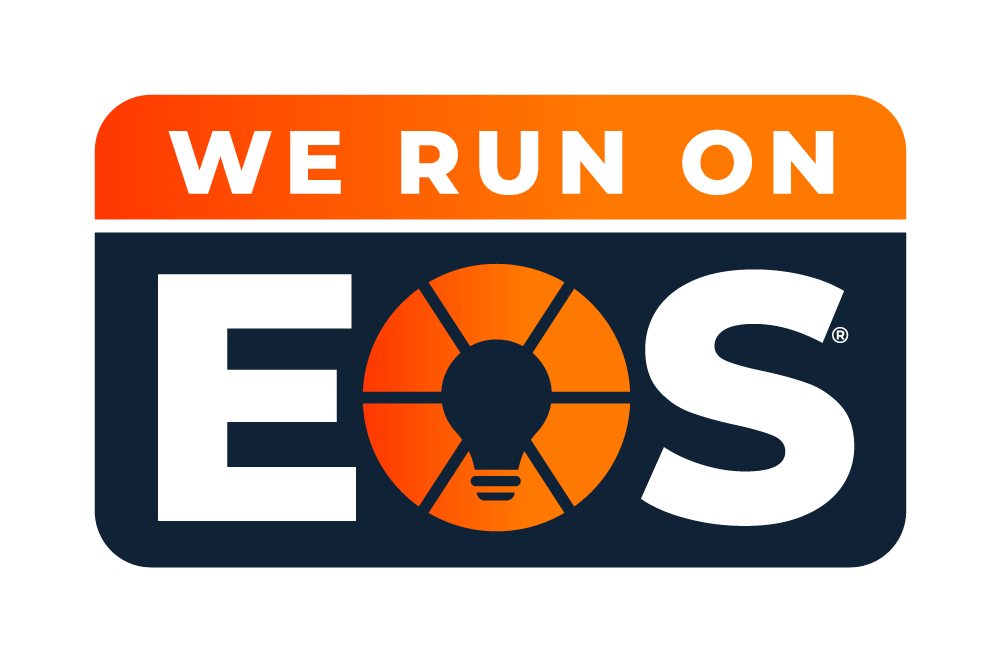We have reached a time where there is such easy access to media of all kinds for everyone; even for the children in our lives. As adults, we may even remember our favorite shows or comics growing up and think back on how they may have shaped us as a person. For example, I was such a big fan of a show called, “Mew Mew Power ”, in which these young girls are given powers related to endangered animals and through their bonds of friendship they protect the world. I can honestly recognize how that show, with all its symbolic messages and even sparkly transformations, formed my early view and opinions on how friendships are made. It taught me loyalty and defending those you love, and I can seriously say those are traits I still hold dearly to this day. Now my experience growing up for most of it was limited to cable television and even blockbuster video, but I remember when YouTube became more popular and a whole new world of media became accessible to me and my peers. Suddenly I, at the age of 11 with and newly granted access to my father’s office computer, had discovered skits made by channels such as Smosh and Epic Rap Battles, (which, in hindsight, probably should not have been watching) but since YouTube was so new, parents didn’t think to monitor it as much.
This may seem like a bit of a tangent, but it all does relate back to healthy media. Yes, those channels and videos may have helped me connect with my peers at the time, but my mind was not at the appropriate age in which I should have been watching that. This brings me back to modern day media, kids have so much information and media available to them which can be SO beneficial for their own mental growth and learning, but then it also brings the struggle of finding the healthy sources for them and ensuring that we as adults, do our part in monitoring what they watch and assessing whether it will benefit them. A study found that high screen time in children lowered their social-emotional skills. (Schwarzer, C., Grafe, N., Hiemisch, A. et al.) This brings to attention how prolonged media can have a negative effect on a child’s ability to communicate with their peers and family. This supports the importance of ensuring that any media access they have is worthwhile and not excessive. I have found there is so much media now-a-days on YouTube, but have also witnessed with my own cousins how they watch children play with toys on YouTube and neglect their own toys. This takes away the fun of play they have from being a kid. So the next question is, How can we as adults help encourage healthy play and still have the kids enjoy some media? I offer the shows Bluey, Sesame Street, and Daniel Tiger as well as Co-viewing with your child. It was found that shows with the theme of teaching grammar as well as life-lessons benefits the children’s social and mental development as they grow, but it was even more positively affected when the parents were co-viewing along with their child. (Nesi, 2023) This is not just limited to these three shows, but more so bringing attention to their format. All the shows depict children playing, engaging in imaginative play as well as having healthy interactions with those around them even during the learning moments in which no character is ever scared to ask more questions to understand what is happening around them. The topic of co-viewing is one I grew up with when it came to television, as my parents would often just sit with my siblings and I while we enjoyed our shows. My mother even shared that Sesame Street helped her better learn the English language as well, so we both learned. Co-viewing is meant to not only act as a bond between parent and child but also allow the parent to ensure what their child is watching is healthy and help facilitate some more difficult conversations about certain topics like loss or conflict.
Media is not always a bad thing, we have definitely reached a point in this world where it is everywhere and unavoidable, but that does not mean it has to all be negative. By helping the children in our lives find the right shows to learn as well as being there for them as they are viewing media, we can help assist them in becoming the amazing and strong people they are meant to be. To help the kids grow, we have to be standing there with them along the way.
Resources:
Schwarzer, C., Grafe, N., Hiemisch, A. et al. Associations of media use and early childhood development: cross-sectional findings from the LIFE Child study. Pediatr Res 91, 247–253 (2022). https://doi.org/10.1038/s41390-021-01433-6
Nesi, J. (2023, August 28). Should your kid watch bluey?. Should your kid watch Bluey? – by Jacqueline Nesi, PhD. https://technosapiens.substack.com/p/should-your-kid-watch-bluey
Nesi, J. (2023, March 13). Screen Time for Kids (5 and under). Screen time for kids (5 and under). https://technosapiens.substack.com/p/screen-time-for-kids-5-and-under
Written by Khadeejah Kurdi






